A United Launch Alliance Atlas 5 rocket streaked into space from Cape Canaveral before dawn Oct. 16 with NASA’s Lucy asteroid mission, a robotic probe to explore a group of enigmatic asteroids leading and trailing Jupiter in its orbit around the sun.
The Atlas 5 launcher, powered by a Russian RD-180 main engine, lifted off from pad 41 at Cape Canaveral at 5:34 a.m. EDT (0834 GMT). The kerosene-fueled, dual-nozzle engine produced 860,000 pounds of thrust to push the Atlas 5 off the ground.
The rocket took off at the first minute of the launch window on the first day of the Lucy mission’s 23-day launch period, hitting a schedule set more than four years ago.
After heading east from Florida’s Space Coast, the Atlas 5 jettisoned its first stage and payload fairing, leaving a hydrogen-burning Centaur upper stage to complete pair of engine burns. The rocket deployed the Lucy spacecraft nearly an hour after liftoff on a trajectory to escape Earth and head into the solar system.
Lucy heading on a 12-year sojourn through the solar system that will the spacecraft on flybys of eight asteroids, including seven objects in the so-called Trojan swarms in the outer solar system. Scientists believe the Trojan asteroids are the leftovers from the formation of the giant planets.
These photos show the Atlas 5 rocket’s predawn launch Oct. 16.
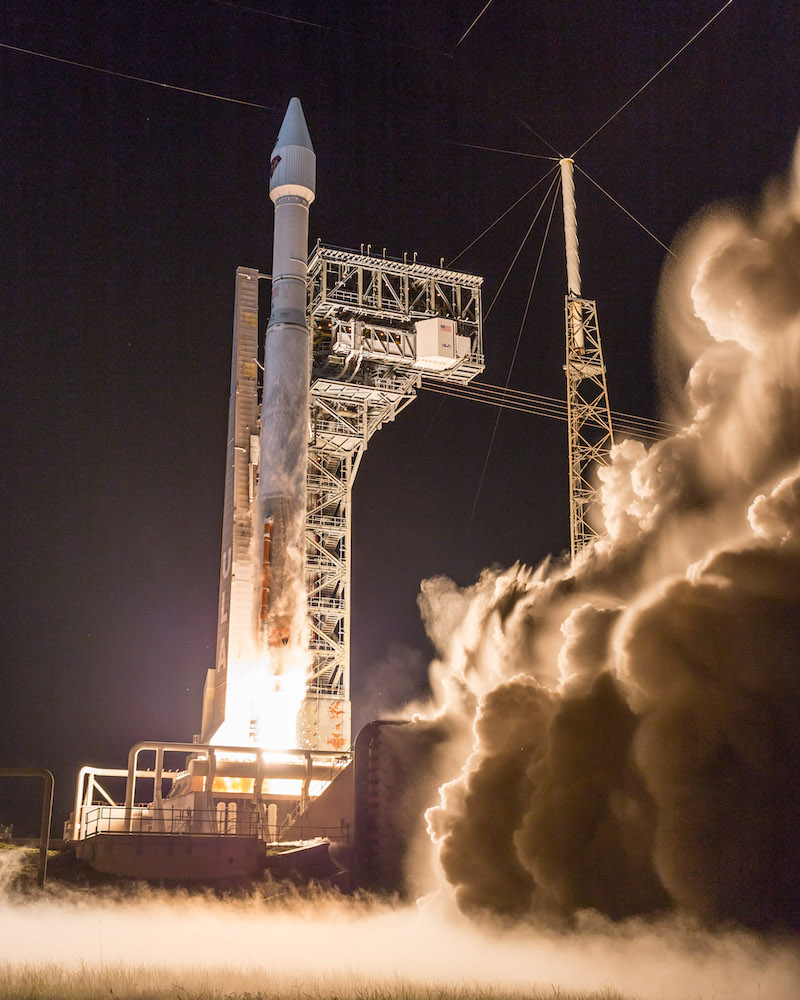
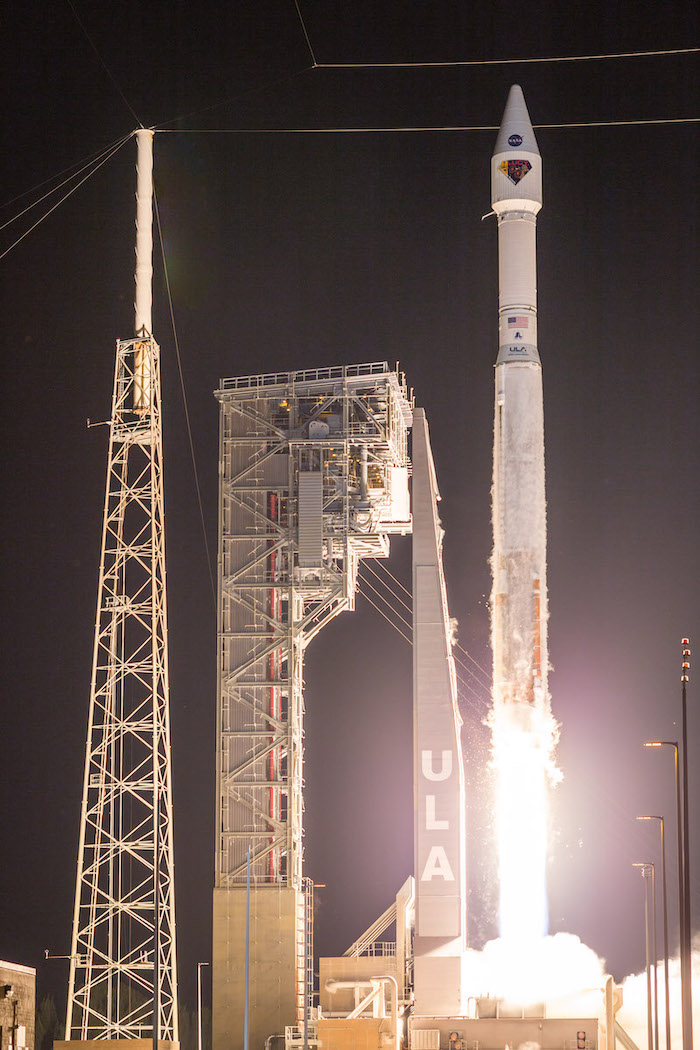
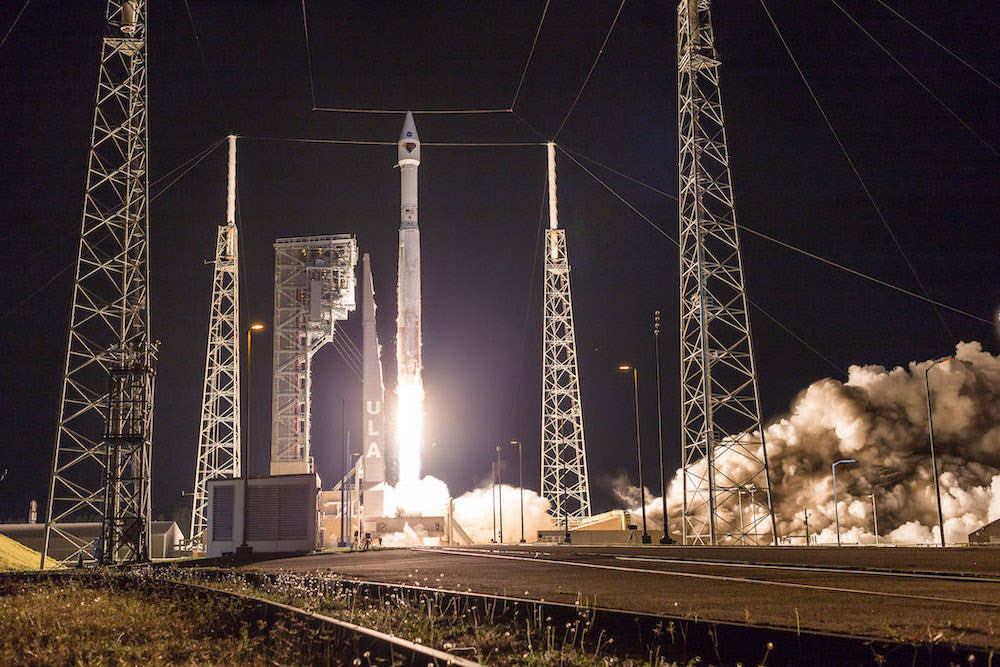
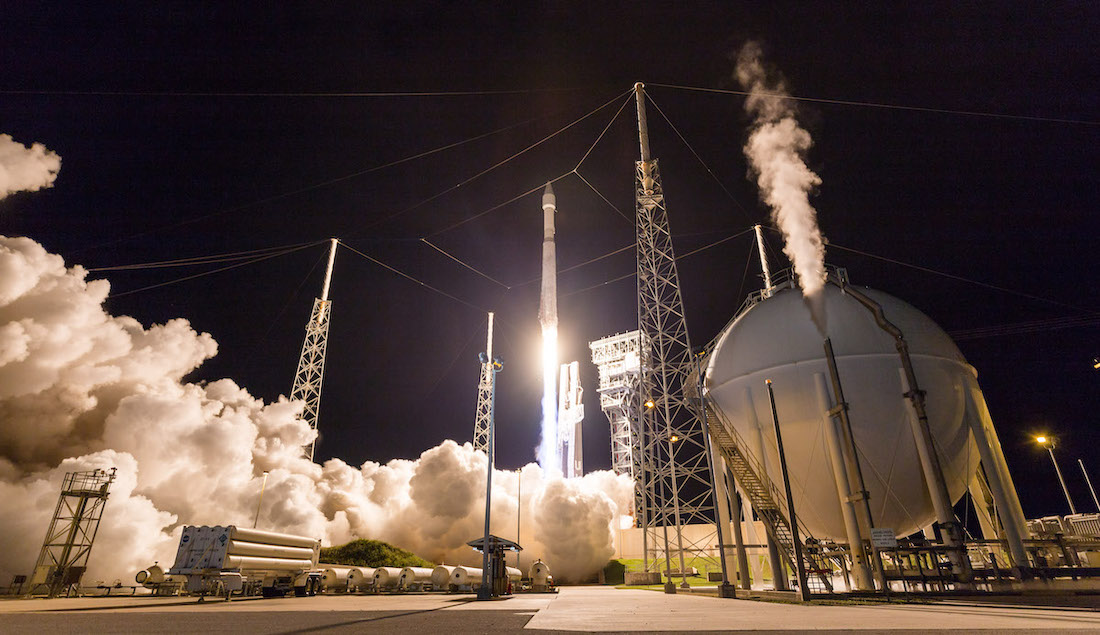
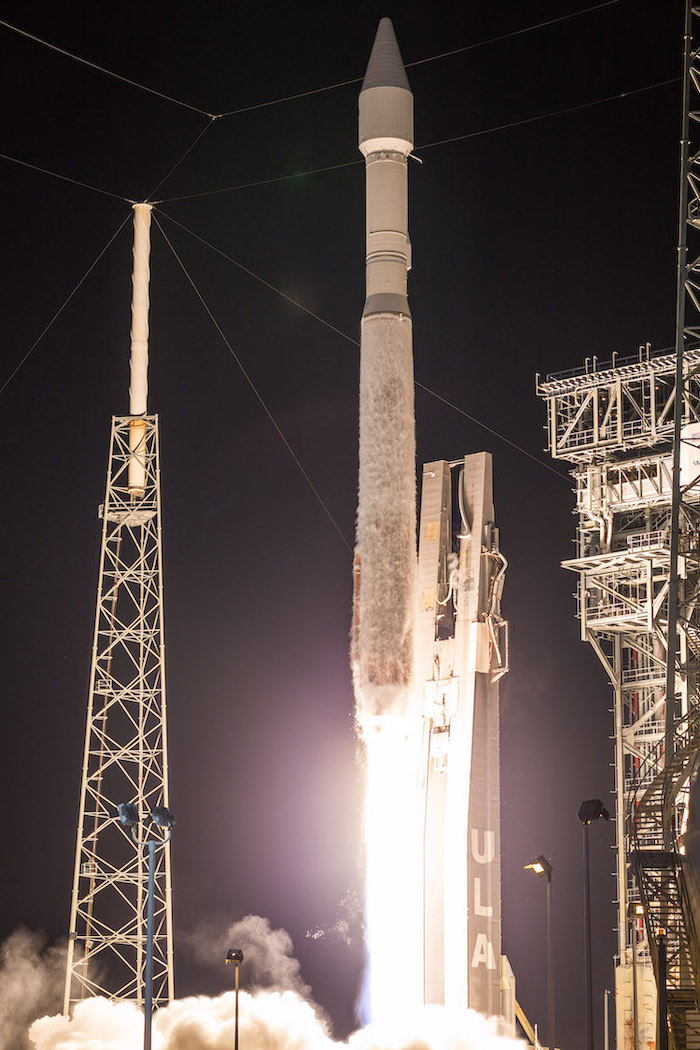
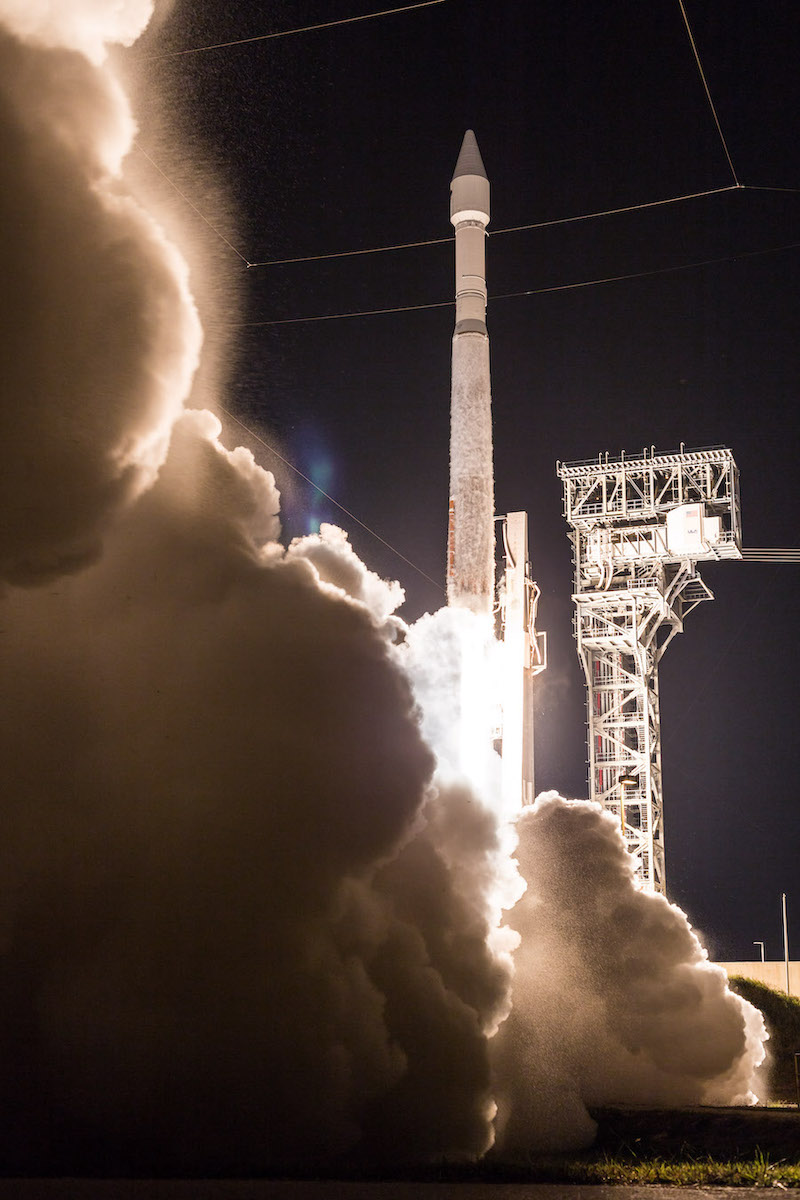
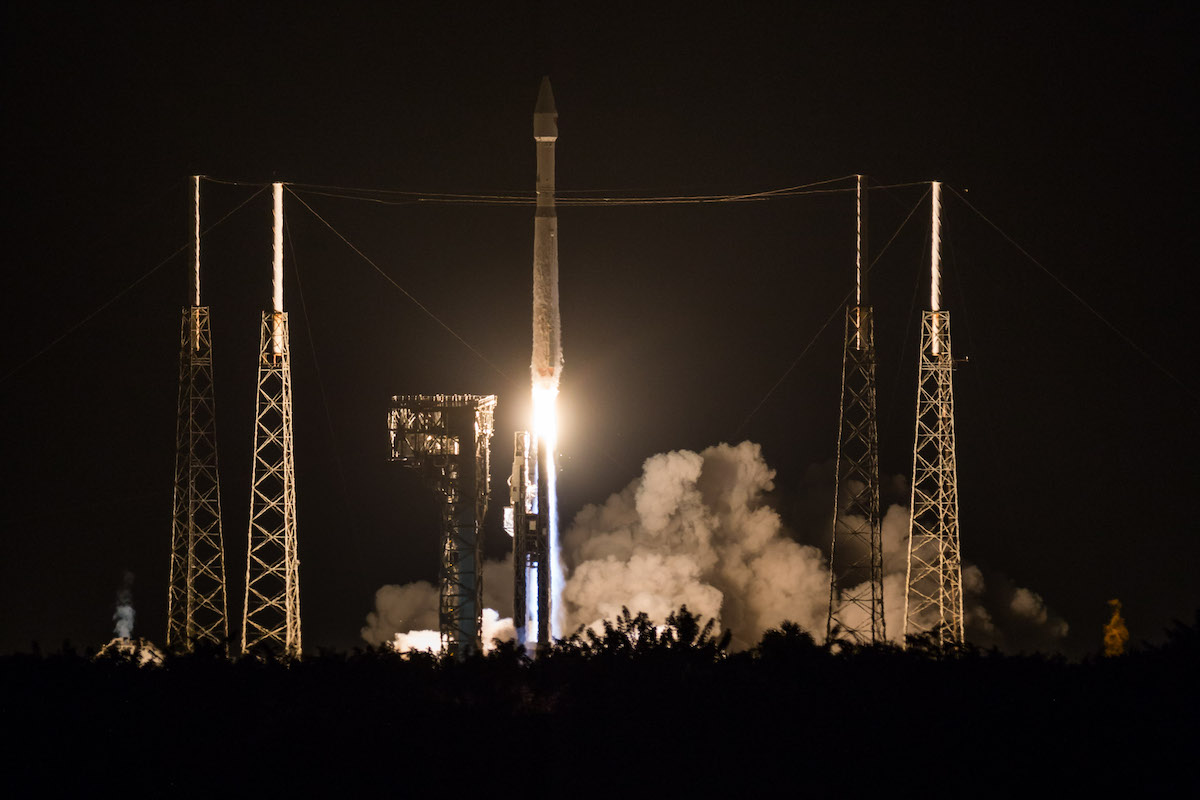
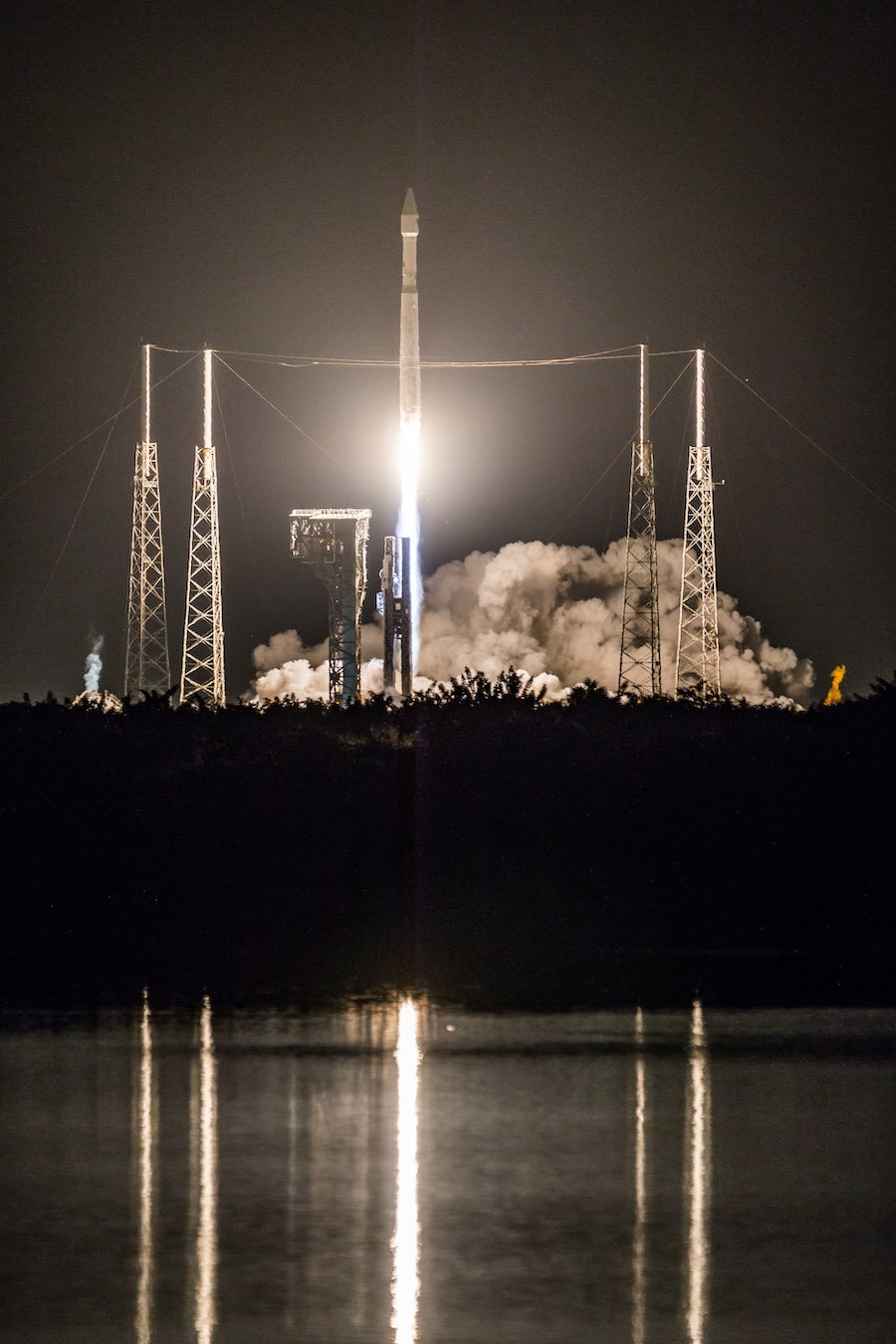
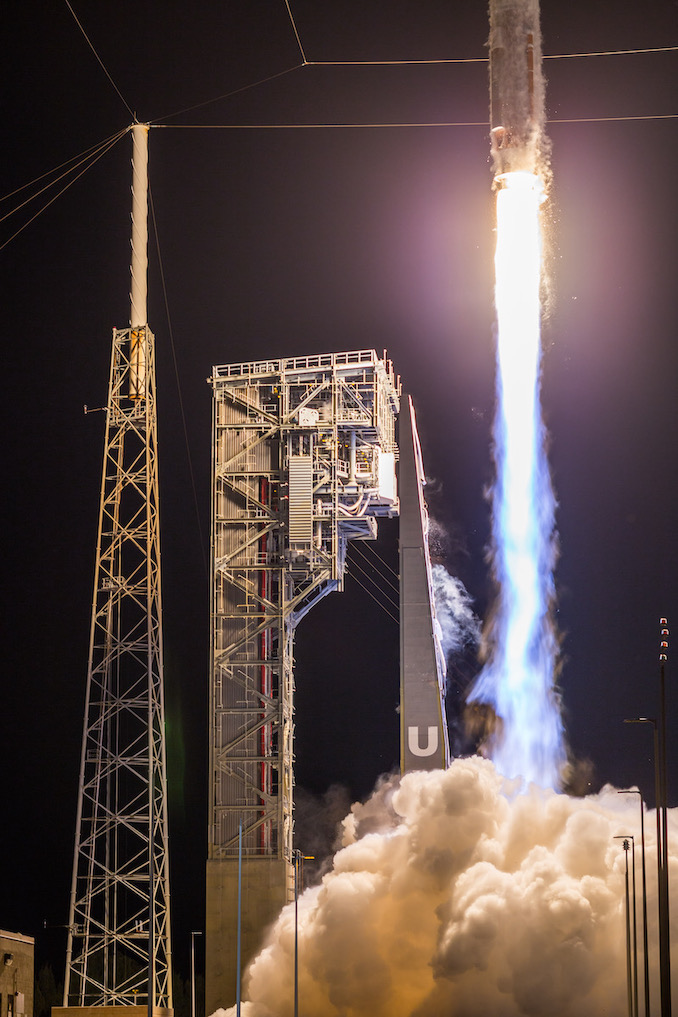
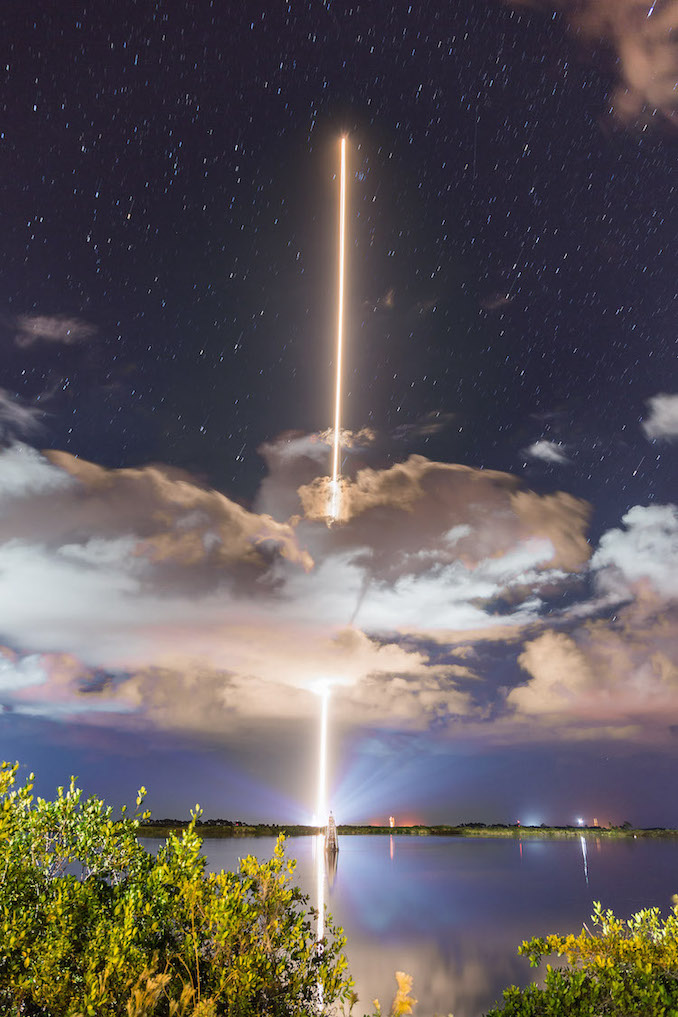
Email the author.
Follow Stephen Clark on Twitter: @StephenClark1.
